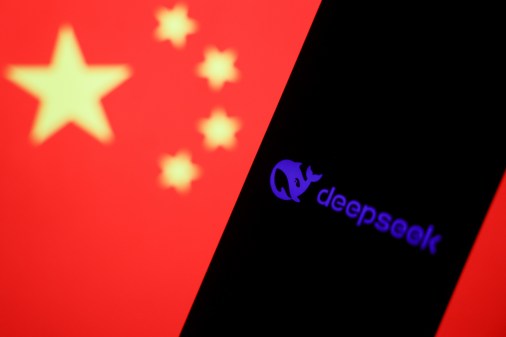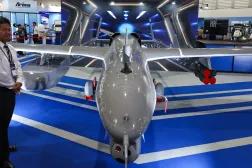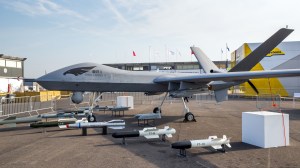China’s military technology parade underscores need for more U.S. deterrents, experts say
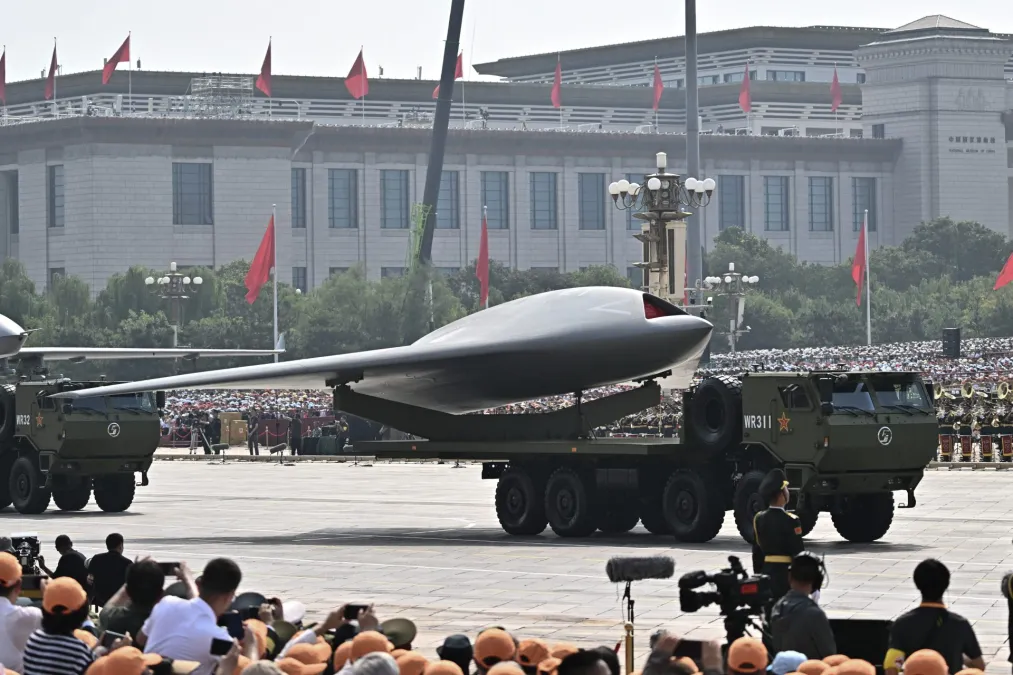
The Trump administration should expand the United States’ weapons arsenal, international partnerships and signaling to counter China’s rising influence globally and deter the People’s Liberation Army as its 2027 deadline for being ready to invade Taiwan approaches, U.S. analysts and a lawmaker said this week.
Chinese President Xi Jinping hosted one of his nation’s largest-ever military parades on Wednesday in Beijing’s Tiananmen Square, to commemorate 80 years since Imperial Japan’s surrender in World War II.
Fighter jets, hypersonic missiles and AI-powered drones were among the capabilities showcased at Xi’s “Victory Day” parade, which was attended by multiple high-profile U.S. adversaries including Russian President Vladimir Putin and North Korean leader Kim Jong Un.
“This is not something like NATO. This does not run deep in terms of coming to each other as a collective security agreement. It very much seems to be an alliance of convenience. Nonetheless, the optics of them all together — looking at this massive Chinese arsenal — sends a very strong message to the U.S., and to the rest of the world, that this is not just about the U.S. military and a U.S.-led world order. There is an alternative order that [they] are forming and that China is leading,” Heather Williams, director of the Project on Nuclear Issues and a senior fellow in defense and security at the Center for Strategic and International Studies, said during a panel on Thursday.
At several events around Washington this week, experts and senior officials discussed concerns about contemporary threats increasingly posed by China, and whether America is doing enough in response.
“As hard as it’s been for Russia to conquer Ukraine, it’s going to be just as hard for China to conquer Taiwan. But I think we can do more work and have better communications to create a stronger deterrence message when it comes to China in relationship with Taiwan,” Rep. Don Bacon (R-NE) said during a pre-recorded session at the annual Defense News Conference on Wednesday.
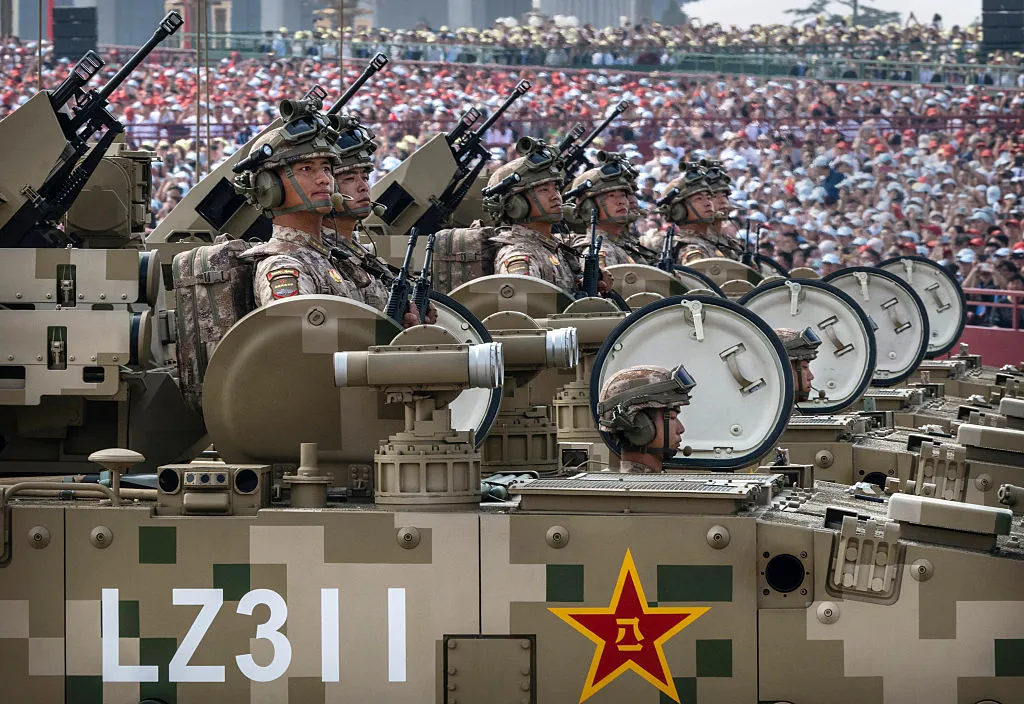
Both the U.S. and China have been pursuing initiatives to grow and modernize their militaries and manufacturing capacities, as the two nations remain locked in a strategic rivalry that’s contributed to massive investments on both sides in next-generation warfighting technologies — including a variety of drones, AI capabilities and digital tools, among others.
“China is, right now, our biggest cyber threat,” said Bacon, chairman of the House Armed Services Subcommittee on Cyber, Information Technologies and Innovation. “In fact, they have a cyber command that is 10-times bigger than ours. And so, one of the things that I would like to be done with my last year-and-a-half of Congress is to help push, or loosely balance, that. We’ve got to grow our capabilities in [U.S.] Cyber Command.”
A variety of People’s Liberation Army units marched during the “Victory Day” parade, including the Chinese military’s new cyberspace unit.
On the CSIS panel, Williams pointed out that the parade marked “the first time that China showcased its full nuclear triad — land, air and sea — capabilities.”
The show reportedly marked the first-ever display of roughly a dozen advanced weapons, including China’s LY-1 laser, a new version of the Dongfeng-5 nuclear-capable intercontinental ballistic missile, and the new DF-61 ICBM that’s designed to carry nuclear warheads to distant targets.
Beijing showed off a wide variety of conventional, AI-powered and stealthy attack drones, including the GJ-11 and the new giant, tube-shaped AJX002 that resembles a narrow submarine.
Four-legged, walking robots — dubbed “robotic wolves” — were also on display.
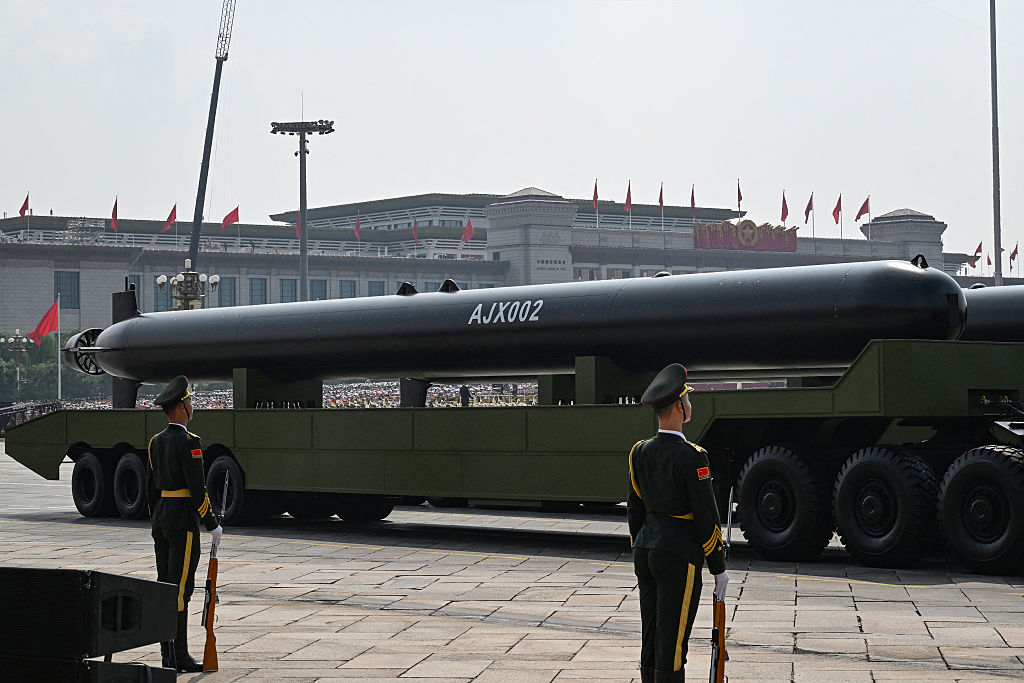
“This was very much messaging on U.S.-counter intervention capability. So anti-ship, hypersonic missiles, torpedoes, that extra-extra-large underwater drone, wingman drones. This is [China saying] ‘We can reach you. We can reach you in Guam, we can reach you undersea, we can reach you from air to surface and hold you at bay,’” said Kari Bingen, director of the Aerospace Security Project and a senior fellow in defense and security at CSIS.
She and the other experts on the panel agreed that the parade underscored the speed and scale of China’s defense establishment to deliver on Xi’s accelerated military modernization campaign.
However, they also pointed out that it wasn’t clear whether all the systems on display were actually in production and being deployed operationally.
“This is a question mark — how much of this is really real? How much of this is not just fielded, but has a high-readiness level and all that sort of stuff, or is this a Potemkin parade?” Tom Karako, director of the Missile Defense Project and a senior fellow in defense and security at CSIS, noted.
The event was so carefully choreographed, in his view, that he described it as “three P’s: politics, propaganda and pageantry.”
He and the other CSIS experts suggested that Xi’s parade, at a high level, ultimately aimed to project power and deter U.S. interventions, while also signaling regional ambitions that could result in conflict against Taiwan or elsewhere down the line.
“[It’s] just another ratification of where they’re going in terms of this stuff, and just how much of a challenge it is on the conventional deterrence side — and how important it is for the United States, with our allies, to continue pushing on the conventional blunting deterrence capability in terms of ship-building, right?” Bingen said.
Separately, at the Defense News Conference, Bacon emphasized the need for the U.S. to spend more energy and money to deter China and other U.S. adversaries, against this backdrop of rising tensions.
“China — I don’t know that they’re deterred by our capabilities. But I do think it bothers them what’s going on in Ukraine, and how hard this has been for Russia — but that’s why we’ve got to put weapons down to Taiwan to bolster that deterrence,” Bacon said. “Our spending right now is inadequate for deterrence.”
